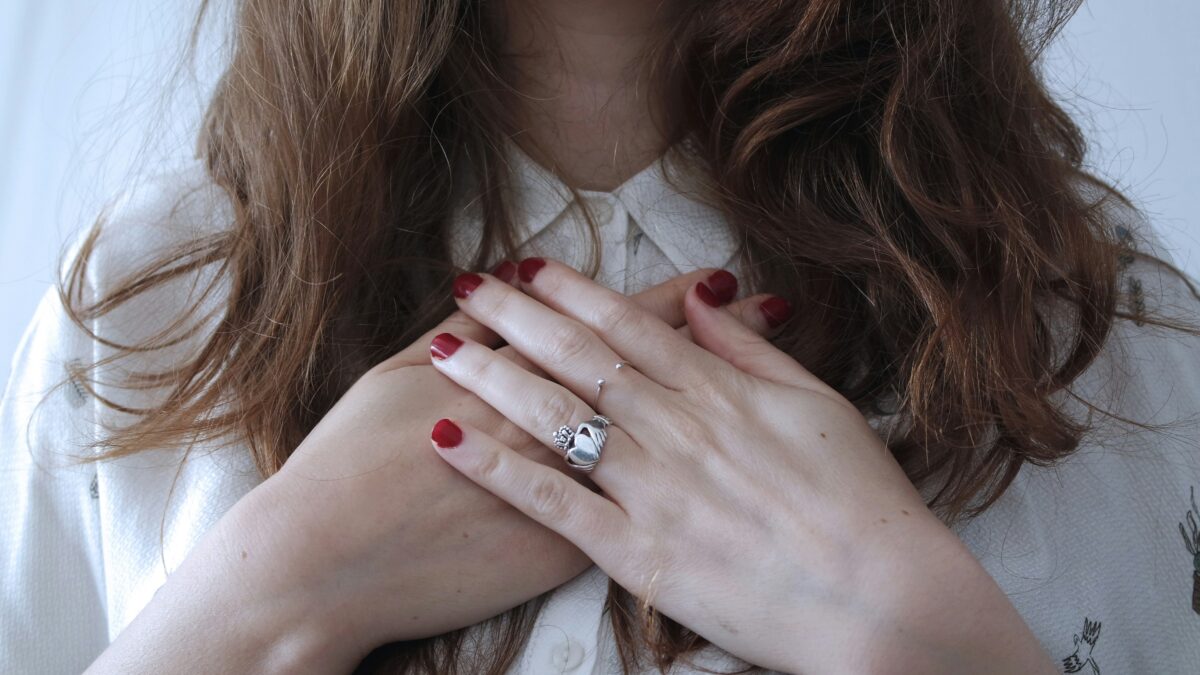Embracing the Full Story
For me, healing started when I accepted the whole story—all of it, the ups, when it comes to healing and growing, the stories we tell ourselves really do make a difference.
They comfort us, spark inspiration, and help us understand ourselves better. But if we want healing that goes deep and sticks around, we need stories that don’t shy away from everything we’ve been through, especially the tough stuff.
There’s often this pressure around us, or even from inside us, to just look at the bright side or find the “silver lining” in every situation. Sure, being optimistic is great, but it’s not so helpful when it makes us ignore or downplay the pain we feel.
The stories that really help us heal don’t just focus on the wins and the happy moments; they recognize the hurts and the tough times too. They let us see ourselves fully, without leaving anything out, and remind us that our pain doesn’t make us worth any less.
By facing the truth of our lives without covering up the tough parts, we build resilience and release ourselves from fantasies about what could, should or would be.
The Power of Keeping It Real
Think about the difference between a story that ends with “and they lived happily ever after” and one that goes, “they faced many challenges, but they grew with each one.”
The second story doesn’t hide the struggles or the pain; it includes them as part of the journey, showing that healing isn’t about making scars disappear but learning to see them as signs of our unique strength.
This approach doesn’t mean we focus on the pain for the sake of it but recognising it as a step towards understanding and peace.
A nurturing story doesn’t simplify the complicated emotions of trauma or grief; it opens a path through them. It makes room for reflection, anger, sadness, and eventually, acceptance, offering a complete approach to healing that respects every part of our human experience.
How to Build Stories That Heal
So, how do we start building these healing stories? I begin with journaling honestly. I don’t leave out the parts that seem too dark or too sad. I share these stories with friends I trust or in supportive groups where our stories are met with understanding and not judgment.
I also look for books, movies, and art that showcase this kind of honest storytelling. The story of Jonah from the Book of Jonah has been particularly helpful for me.
Those familiar with it might recall how Jonah boards a ship, which then encounters a storm, causing the vessel to rock. This reminds me of a time when a relationship in my life became shaky.
As a result, Jonah was thrown overboard and swallowed by a whale. For me, the whale symbolises suffering, or you might say, the dark night of the soul. After I was asked to ‘leave the village’ because of this troubled relationship, I too found myself in the belly of suffering.
Eventually, Jonah is spat out onto a beach. Here, the story teaches me that my suffering was simply transportation—a way to move me from there to here, to a new place of freedom.
This narrative helps me to appreciate every aspect of my experience. I often ask myself, ‘Where would you rather be, on a rocky boat at sea with people willing to throw you overboard, or on a new beach?’
For those familiar with the original tale, you’ll see that I have made it my own. This means looking at the story as it speaks to my experience. I am aware that I am missing some plot points and as a result have made one story into two. However, I see no problem with remaining open and honoring both the context in which it was written and the myriad of interpretations it has accumulated over the centuries, as well as a new story that illustrates my experience and assists with healing.
This reimagining has led me to a narrative that fills me with gratitude—not only for the journey but also for the outcome, despite the pain, loss, and disappointment.
A Journey to True Healing
By choosing stories that nurture without hiding the tough realities, we empower ourselves to heal more fully and help others do the same. We learn how to use every part of our story as a source of strength.
Healing isn’t a straight path, and it’s different for everyone. It’s a personal process that does best with a realistic story—one that embraces all that life throws our way. By committing to heal without hiding anything, we commit to a life full of authenticity, resilience, and, ultimately, deeper joy.


